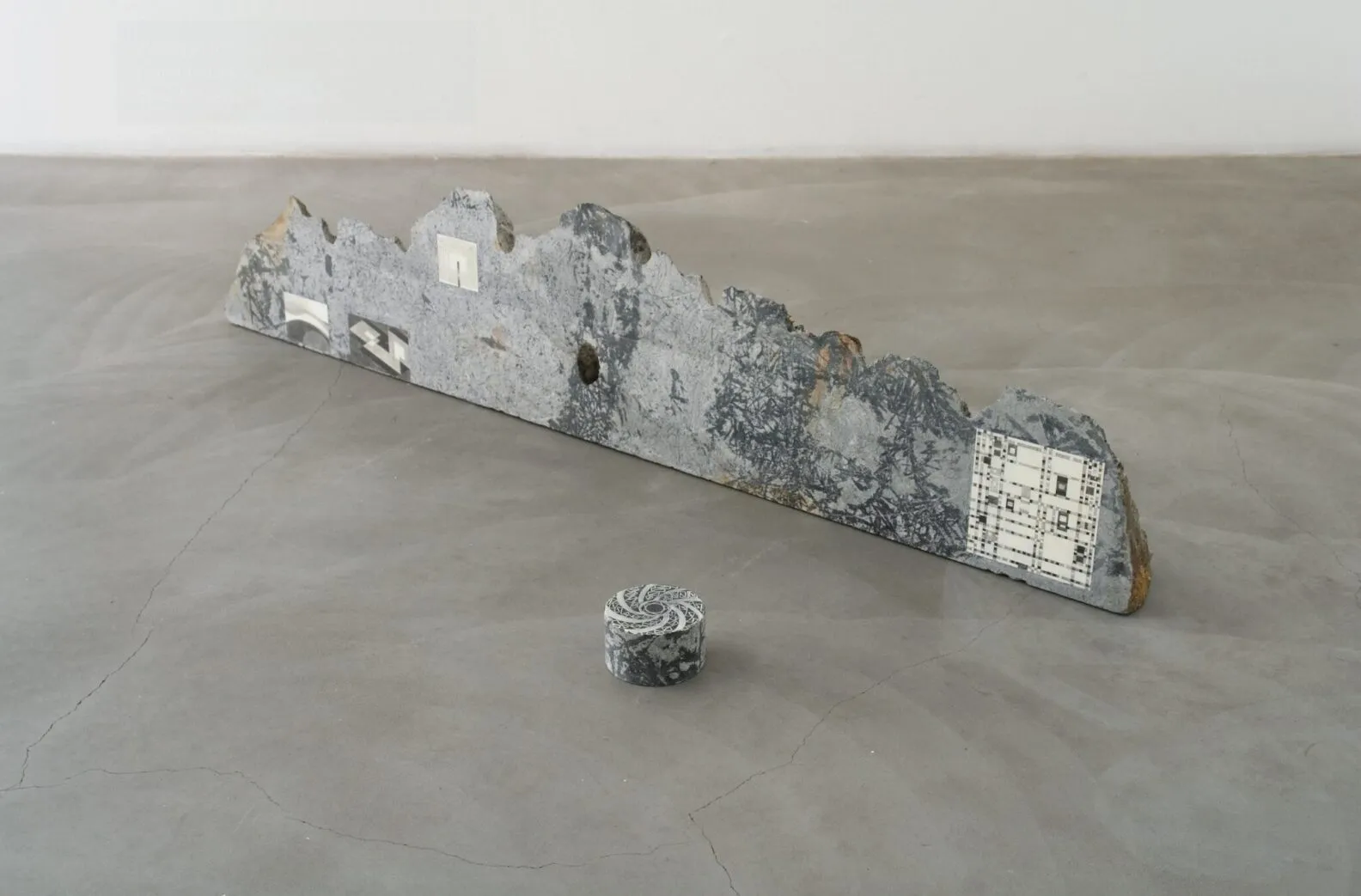Filaments of Image and Space
16.6.–30.9.2023
The exhibition is open in June-August, Tuesday-Sunday from 10 a.m. to 6 p.m.
Artists: Inka Bell, Kari Cavén, Juha van Ingen, Shoji Kato, Pekka Nevalainen, Paul Osipow, Marjatta Palasto, Silja Rantanen, Pekka Sassi, Päivi Sirén
Exhibition curator: Kari Kenetti
Filaments of Image and Space
Alvar Aalto’s deep interest in the visual arts and the impact of visual art on his architecture have been widely recognised and acknowledged. In his text ”The Trout and the Stream,” he writes about abstract art as follows:
”Abstract art, at its best, is the result of a certain crystallisation process. Perhaps this is why it can be understood purely and solely through emotions, even though it encompasses constructive ideas and the tapestry of human tragedy. It serves as a tool that can transmit a pure flow of humane emotions, which the written word has somehow missed out on.”
Alvar Aalto, Domus, 1947
This exhibition does not have a specific theme that could be put into words. However, curator Kari Kenetti chose abstract expression and a black-and-white colour palette as the basis for selecting its works. Nevertheless, he did not intend to implement a strict concept but rather allowed for moments for representational or conceptual elements, or other colours besides black and white, to come into play.
This exhibition seems to create its own continuum in the discourse on modernism and postmodernism. While modernism was characterised by idealism and a belief in reason and progress, postmodernism is marked by the often ironic questioning of universal truths and the emphasis on individual experience. Postmodernism blurred the boundaries between high and popular culture, giving rise to several new forms of stylistic and technical expression and channels. These include conceptual art, installation, performance, and the extensive field of new media. The latter is currently undergoing continuous and rapid development thanks to digital technologies, while its expressive possibilities, like in art in general, appear in works with very diverse content.
The defining characteristics of different eras coexist and overlap in contemporary art. The spatial starting point of this exhibition is one of Finland’s most important examples of modern architecture, originally the Paimio tuberculosis sanatorium, which Aalto designed with the goal of promoting patients’ holistic well-being and comfort. Paimio Sanatorium (1933) is considered the masterpiece of Aalto’s functionalist period and one of his earliest architectural projects to gain international recognition.
Kenetti invited ten artists to the exhibition, each of whom has been given their own room/space. This allows the entire exhibition to be perceived as a series of individual showcases. At the same time, it creates an intriguing network of connections where each exhibition contributes to the whole, forming a tapestry in which different artistic approaches, techniques, and thematic aspirations resonate with one another. Elements such as the abstract nature of the works and the black-and-white palette, as well as deviations from these norms, recur throughout the spaces. This weaves a visual narrative and contributes to the overall experience. What’s more, it is evident that the architecture of the hospital building permeates this visual encounter.
Awareness of the exhibition space, its nature, history, and current context is an inherent characteristic of contemporary art and a vital consideration in its presentation. The notion of the ”white cube” as an ideal setting for art has lost its hallmark status, as contemporary art often benefits from unusual spaces and their signature features. In fact, the concept of site-specificity inherently considers and interacts with the location of the work.
The works of art in the exhibition incorporate elements from the history of abstract art while also incorporating contemporary forms, technical methods, perspectives, and solutions made possible by today’s knowledge and technological expertise.
The exhibition reflects the multi-layered and intertwining heritage of contemporary art. This is often described by stating that there is no dominant trend in contemporary art, but that it is rather a complicated tapestry that has emerged from history and the present day.
Consequently, it gives rise to varied possibilities of expression, leveraging the legacies of both modernism and postmodernism, which each artist interprets and employs in their own unique way. This situation is also a broad reflection of the current state of visual arts, which captures the essence of art in the present moment. While the exhibition defines certain visual elements such as black-and-white aesthetics and abstract art, it encompasses a variety of stylistic and expressive approaches based on both hands-on craftsmanship and the utilisation of digital techniques.
This is not about the typical ‘anything goes’ attitude of postmodernism, in which conflicting meanings and irony dominate the various levels of interpretation. Instead, the artist consciously selects means of expression with an awareness of their history and significance.
The uniqueness of each artist is emphasised in these choices. It also feels like the slight deviations from thesystematic visual cues of the exhibition enhance its multi-layered nature and, at the same time, strengthen theconnection to Alvar Aalto’s architecture. His ideas were not based on strict adherence to rules but always allowed for organic deviations from the underlying philosophy. The reference to constructivism as well as the portrayal of human emotions in abstract art testifies to Aalto’s open-minded approach to fixed stylistic definitions.
In the above text, Alvar Aalto speaks about the ability of abstract art to convey emotions and communicate on an emotional level. Abstract art is like musical notation that the viewer ‘plays,’ ‘interprets,’ and ‘experiences’ according to their own life experiences and their current mental and physical state and situation. Abstract art requires focused observation, pausing, and opening oneself to the artwork. Often, works of art gain new meanings as viewers move within the space, exploring different perspectives and distances in relation to the image.
An exhibition is always an event that is experienced, sensed, and contemplated in the here and now. However, it does not emerge from a void. Art’s complex network of roots extends throughout history and our collective experience ofthe present day.
Maaretta Jaukkuri
Paimio Sanatorium
Alvar Aallon tie 275
21540 Paimio
Finland
More from Alvar Aalto
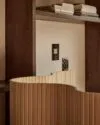
Screen 100 by Alvar Aalto now comes in a number of new sizes – Artek
Screen 100 brings Alvar Aalto’s free-flowing, organic form — one of his predominant architectural themes …
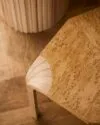
A special limited edition of Stool X602 is released to celebrate 90 years of Artek
A special limited edition of Stool X602 is released to celebrate 90 years of Artek, …

Artek celebrates its 90th anniversary by reintroducing some gems from its archive by Alvar Aalto
Gems from the Archive Artek celebrates its 90th anniversary by reintroducing some gems from its …
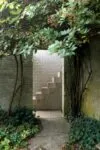
The Marie-José Van Hee exhibition opens as part of the City of Light festival!
Join us for the opening of Marie-José Van Hee’s exhibition For Sun and Wind to …

Marimekko’s most iconic prints by designer Maija Isola combine with the purity of Alvar Aalto’s design
As part of its 90th anniversary festivities, Artek has joined forces with Finnish design house …

Artek + Marimekko Collection Launch
The exhibition is open from September 5th until October 4th, 2025 during the store opening …

The Creating for the Everyday – Aino, Elissa and Alvar Aalto exhibition
The Creating for the Everyday – Aino, Elissa and Alvar Aalto exhibition opened at the …

Artek Celebrates Multi-Layered Living with “Crafted Through Time” Collection
Creating interiors that merge function with artistic expression has been central to Artek’s ideology since …

Summer 2025 Exhibitions at Paimio Sanatorium: Time, Beauty, and Layers of Memory
Paimio Sanatorium’s Summer 2025 exhibition programme invites visitors to pause and experience beauty through design, …

Significant Aalto exhibition opening at the Serralves Museum, Portugal
Photo: Alvar and Elissa Aalto in Maison Louis Carré, France 1959. Photo © Alvar Aalto …

Visibly Invisible exhibition @ Aalto2 Museum Centre
Visibly Invisible – Artek’s Drawing Office 1936–2004 The Aalto2 Museum Centre 23.05 – 14.09.2025 The …

Maison Louis Carré: Where Art Meets Living in Aalto’s Masterpiece
Image from Maison Louis Carré Archives / Photographer: Jari Jetsonen Photography by Lux Productions and …

Cabinet 250 Celebration marks the return of Alvar Aalto’s classic “cocktail cabinet” – Artek
Cabinet 250 Celebration Designer: Alvar Aalto Year: 1936 – 1937 Cabinet 250 Celebration marks the …

With Artek turning 90 and Moomin marking 80 years since the publication of the first Moomin story, 2025 is a time for celebration
Artek + Moomin Designer: Alvar Aalto Year: 1936-37. With Artek turning 90 and Moomin marking …

An invitation from Finland to the world – Celebrating 90 years of Artek
Artek launches a year of celebration with Moomin collaboration and special commemorative poster Artek is …
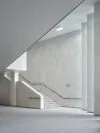
Renewed Finlandia Hall Opens to the Public on January 4 – “Beginning of a New Era”
The wait is finally over as Finlandia Hall opens its doors on Saturday, January 4, …
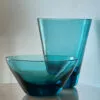
Glass Designer Erkki Vesanto´s exhibition tells about the history of Finnish glass design
Glass Designer Erkki Vesanto´s exhibition tells about the history of Finnish glass design Glass designer …

Studio Aalto now officially a protected building
Studio Aalto and its garden area are now officially protected by decision of the Uusimaa …
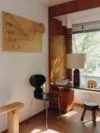
Join the festivities! Alvar Aalto’s wooden relief celebrates Finnish Design Shop’s 20th anniversary
In 2024, Finnish Design Shop celebrates its 20th anniversary with a special reissue of Alvar …

The Alvar Aalto Foundation’s museum sites invite you to Munkkiniemi
Photo: The Aalto House living room 1935-36 Helsinki. Photo Maija Holma © Alvar Aalto Foundation. …

